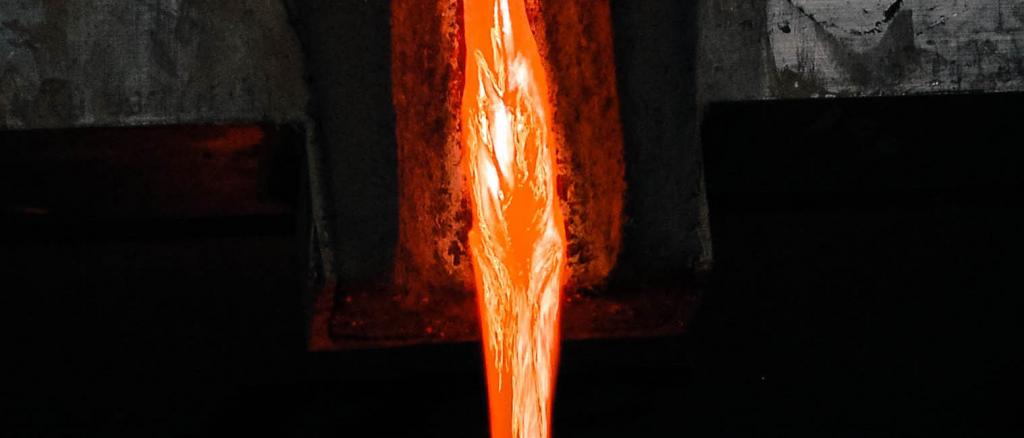Car pistons making process
How are car components responsible for the conversion of chemical energy into kinetic and therefore to run a car are really been made?
We refer of course to the pistons of an internal combustion engine.
Brockmoor makes all kinds of different engine components including pistons with high quality iron castings.
It all starts from long rods of iron. The iron is fed into a machine where a saw cuts it into smaller pieces, in the finished product’s dimensions.
The mold in which the just cut iron piece is pushed is preheated to 463 degrees C. The iron pieces are heated to the same temperature in an oven. There is pressure equal to 2000 tonnes to form the initial shape of the piston. To make this process easier the piece of iron is lubricated with oil and that’s why we see the flames burst out the forging. This takes only two seconds to happen but needs at least 1 hour to cool the unfinished pistons.
The unfinished pistons are heated at twice the temperature to harden and after that are cooled to a lower temperature to stabilize. This process is called annealing and plays an important role in the formation of the crystalline structure of the metal and therefore the resistance to mechanical stress.
Then they are transferred to an electronic CNC lathe where they are given the preliminary shape. The small holes in the perimeter are used for lubrication during operation. Then they are guided back in a lathe where 3 mm are removed from the outer diameter while the machine itself creates three grooves, first two for the compression springs and the third for the spring that sweeps the oil from the cylinder.
Then a transverse hole is created through which will pass the pin that connects the piston to the connecting rod. Another cutting machine in vertical machining center removes part of the mass to diminish the weight and therefore the dynamic inertia during movement. The white liquid that appears during treatment has multiple functions: cools the metal during processing, lubricates the cutting and removes the burrs.
Another cutter forms the crown, the upper part of the piston. Depending on the engine design, these regions valves are immersed so as to have no contact with the piston.
Again in a horizontal lathe, part of the material is removed from the "skirt" of the piston, because the piston is deformed slightly during movement and especially with rising engine speed, the contact with the cylinder would be disastrous.
In the next part of processing two intercommunicating holes are opened to help lubricate the pin.
After a serial number is engraved, sharp edges are smoothed manually.
Last step is to clean the piston of the various lubricants with deionized (purified) water and air pressure. The piston is now ready for use in an internal combustion engine.


